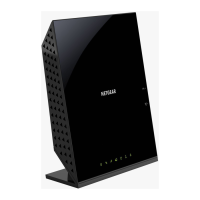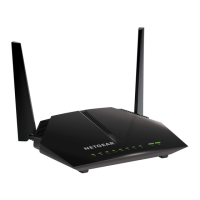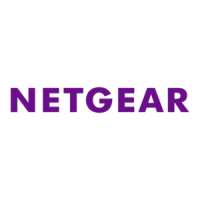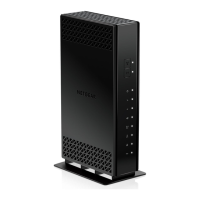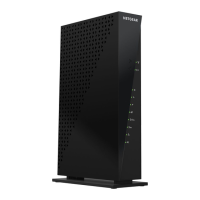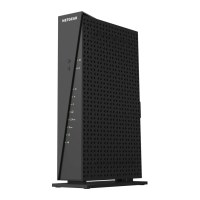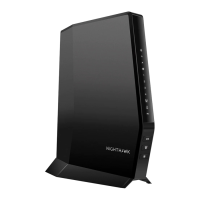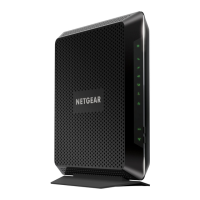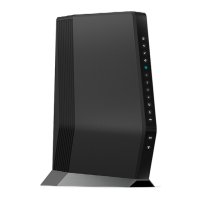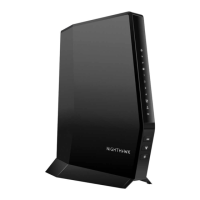What to do if the power LED is red on my NETGEAR C6250?
- MManuel JonesAug 13, 2025
If the power LED on your NETGEAR Network Router is red, try turning the power off and on again to see if the router recovers. If that doesn't work, clear the router’s configuration to factory defaults.
